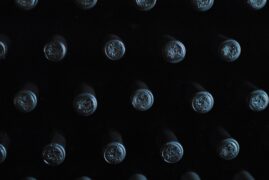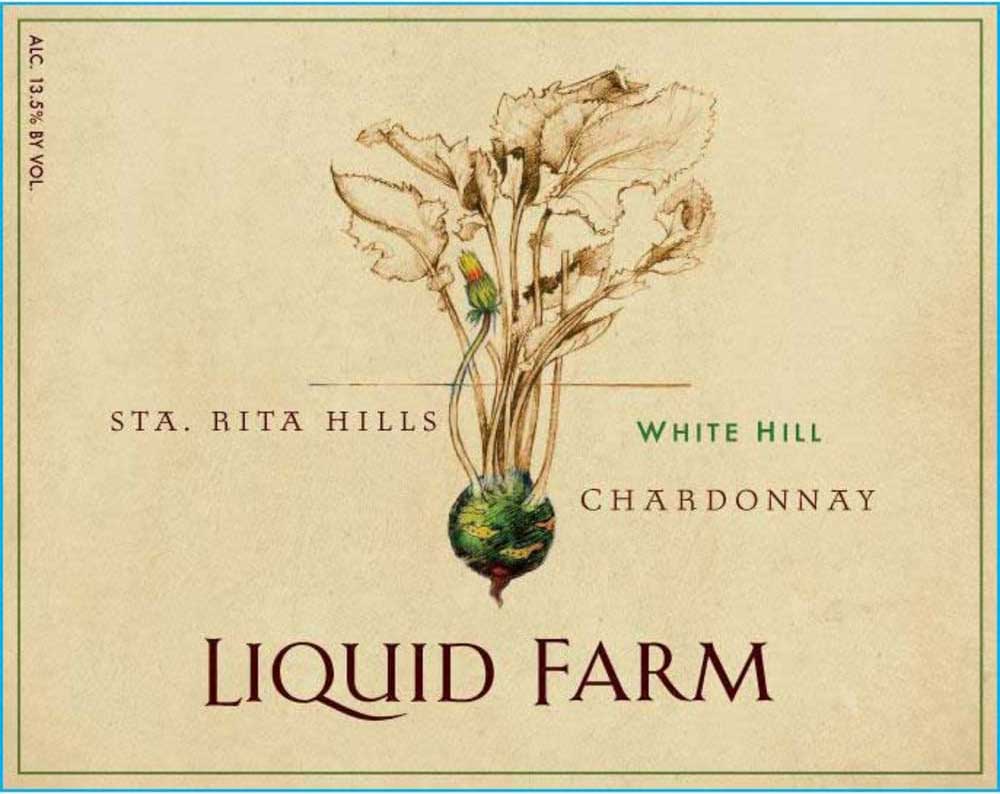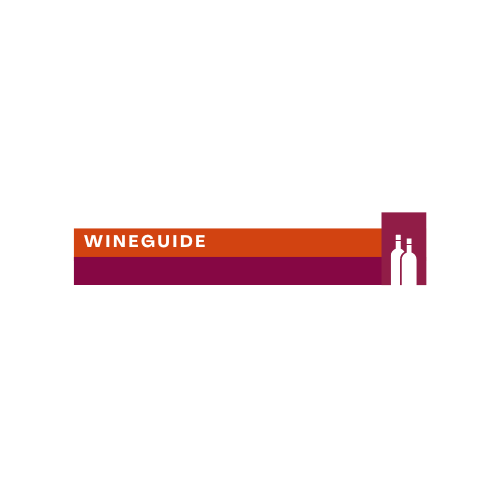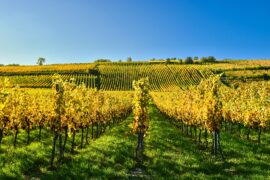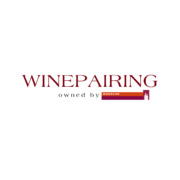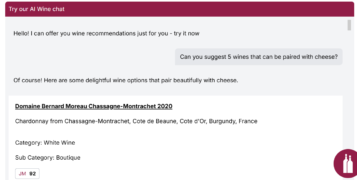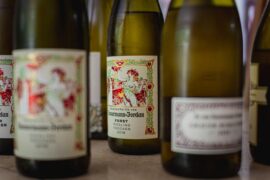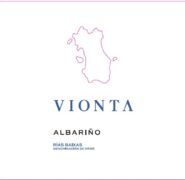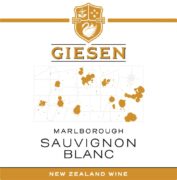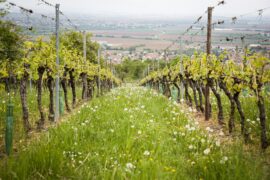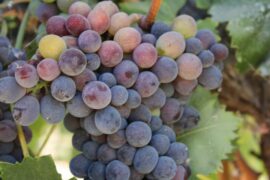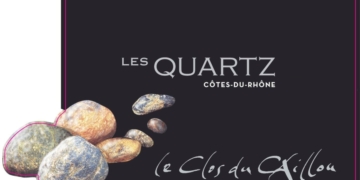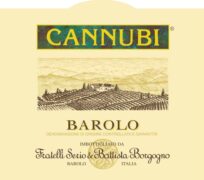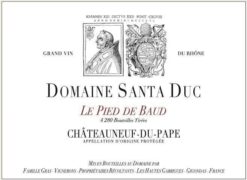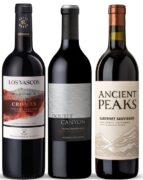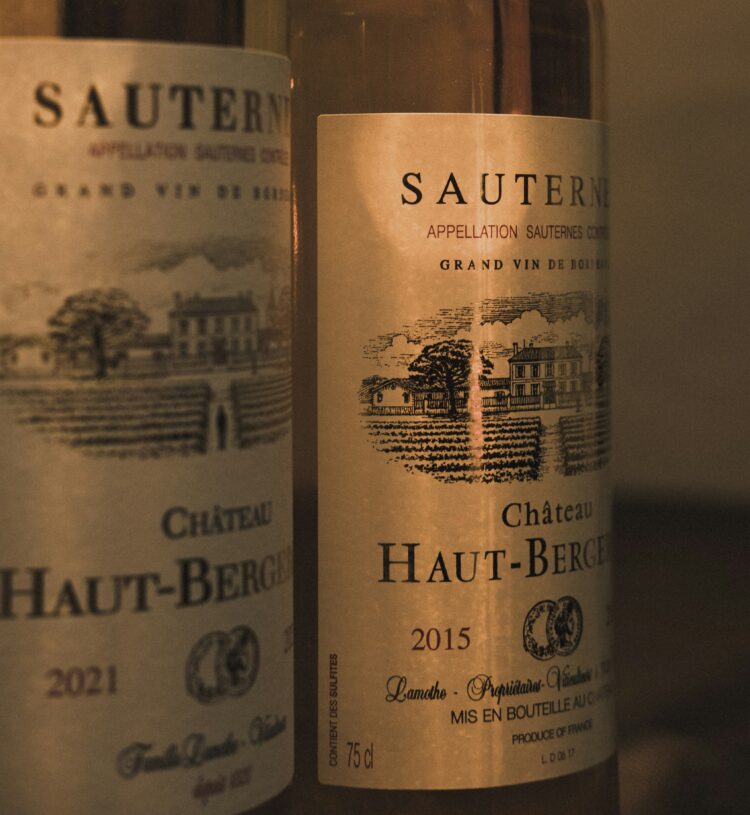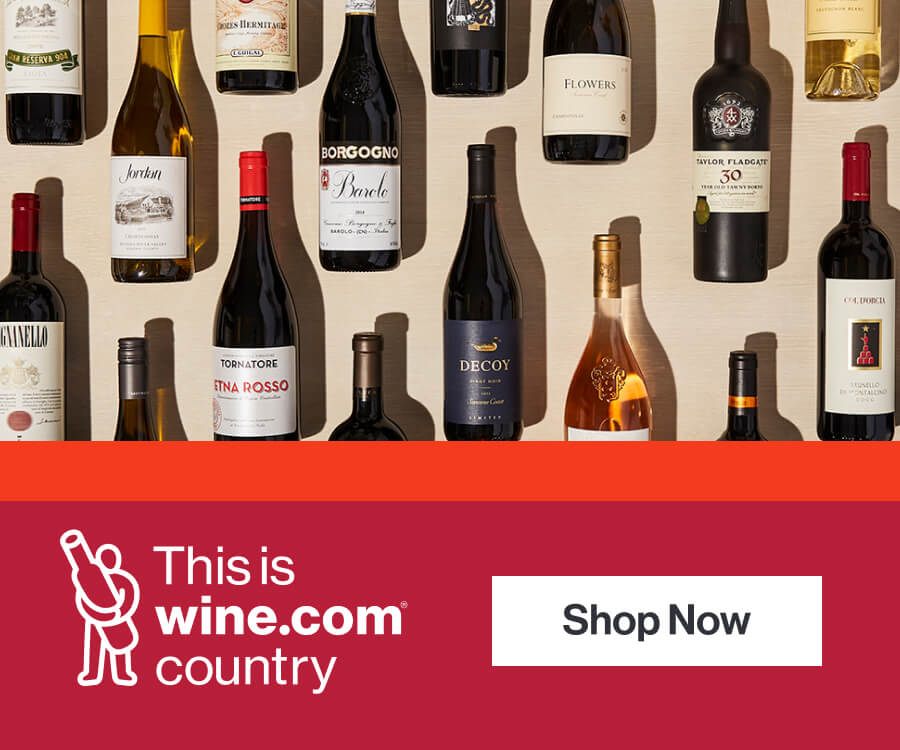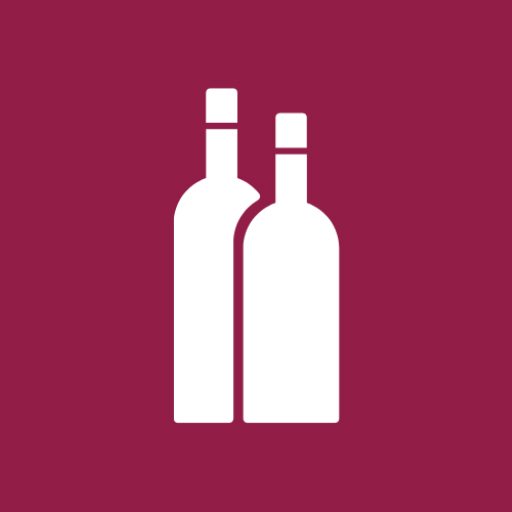Reading a wine label can be tricky at first, but understanding the key elements can give you valuable insight into the wine’s style, origin, and quality. Here’s a breakdown of the essential parts of a wine label to help you choose the right bottle.
Producer or Brand Name
The producer or brand name is typically the most prominent part of the label. This identifies the winery or company that made the wine, which can be important if you’re familiar with certain winemakers or brands known for specific styles.
Wine Type or Grape Variety
For wines from New World regions (like the U.S., Australia, or South Africa), the grape variety is often listed on the label, such as Cabernet Sauvignon, Pinot Noir, or Sauvignon Blanc. In Old World regions (such as France, Italy, or Spain), the label may focus more on the region (like Bordeaux or Chianti), assuming consumers know what grapes are typically grown there. For instance, a wine labeled as Bordeaux usually consists of Cabernet Sauvignon and Merlot. Find out more about the differences between old and new types of wine, written by us in this article.
Region or Appellation
The region or appellation refers to the geographical area where the grapes were grown. The climate and soil of a region play a significant role in the flavor and character of the wine. For example, Napa Valley is known for rich, fruit-forward wines, while Burgundy in France produces elegant, complex Pinot Noir and Chardonnay. Additionally, some regions include official classifications, like AOC in France or DOCG in Italy, indicating higher production standards.
Vintage Year
The vintage year on the label represents the year the grapes were harvested, not when the wine was bottled. This is important because the climate conditions of a particular year can greatly influence the quality of the wine. Some years are considered better than others due to optimal growing conditions. Non-vintage (NV) wines, like many sparkling wines, blend grapes from multiple years to maintain consistent quality.
Alcohol by Volume (ABV)
The alcohol content, expressed as a percentage (e.g., 13.5% ABV), gives you an idea of the wine’s strength. Wines with higher alcohol content tend to be fuller-bodied and richer, while those with lower ABV are typically lighter and more refreshing. Most wines fall between 11% and 15% ABV.
Wine Classification Terms
Some labels include terms like Reserve, which may indicate a higher-quality wine or one that has been aged longer, though this term isn’t regulated in every country. Estate Bottled means that the wine was produced from grapes grown on the winery’s own land, offering more control over the winemaking process. In regions like Burgundy, Grand Cru or Premier Cru are used to signify wines made from the best vineyards.
Additional Information
Wine labels might also include tasting notes, food pairing suggestions, or certifications like organic or sustainable, which indicate eco-friendly production methods. Awards or accolades may also be featured, showcasing the wine’s recognition in competitions or by critics.
By understanding these components, you can easily navigate a wine label and choose a wine that matches your preferences and occasion.

